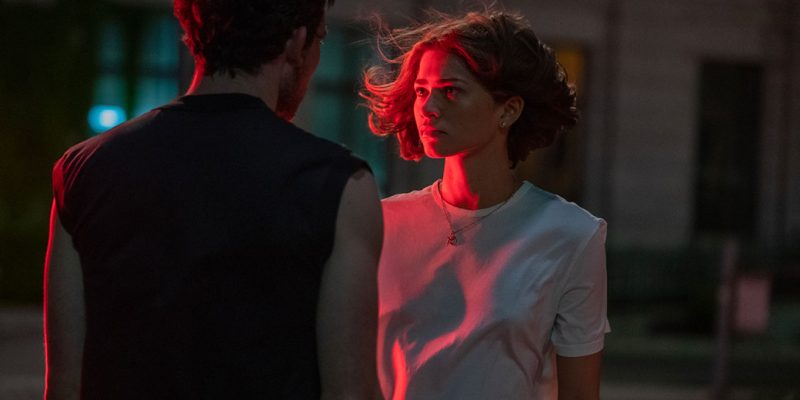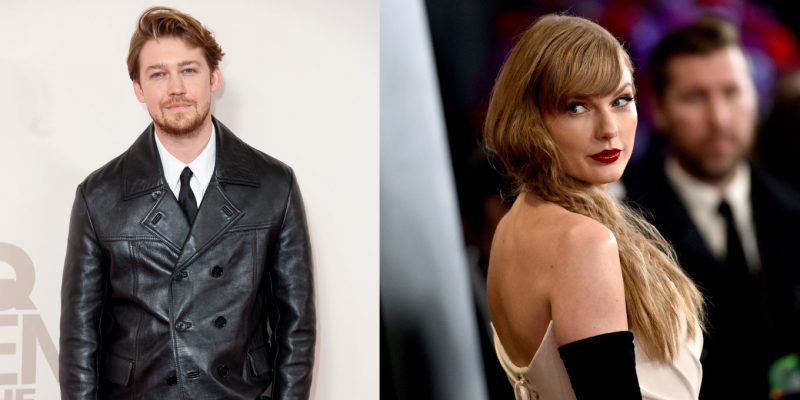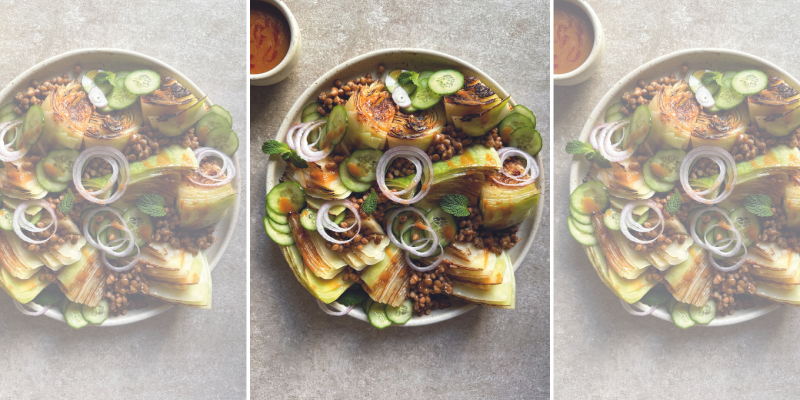Music
How Hip Hop Transformed the Fashion Industry
“Hip hop birthed so many things. And in fashion, it led to a new face and body on the runway—we’re talking different shades, body types and hairstyles."
by : Sadaf Ahsan- Dec 7th, 2023
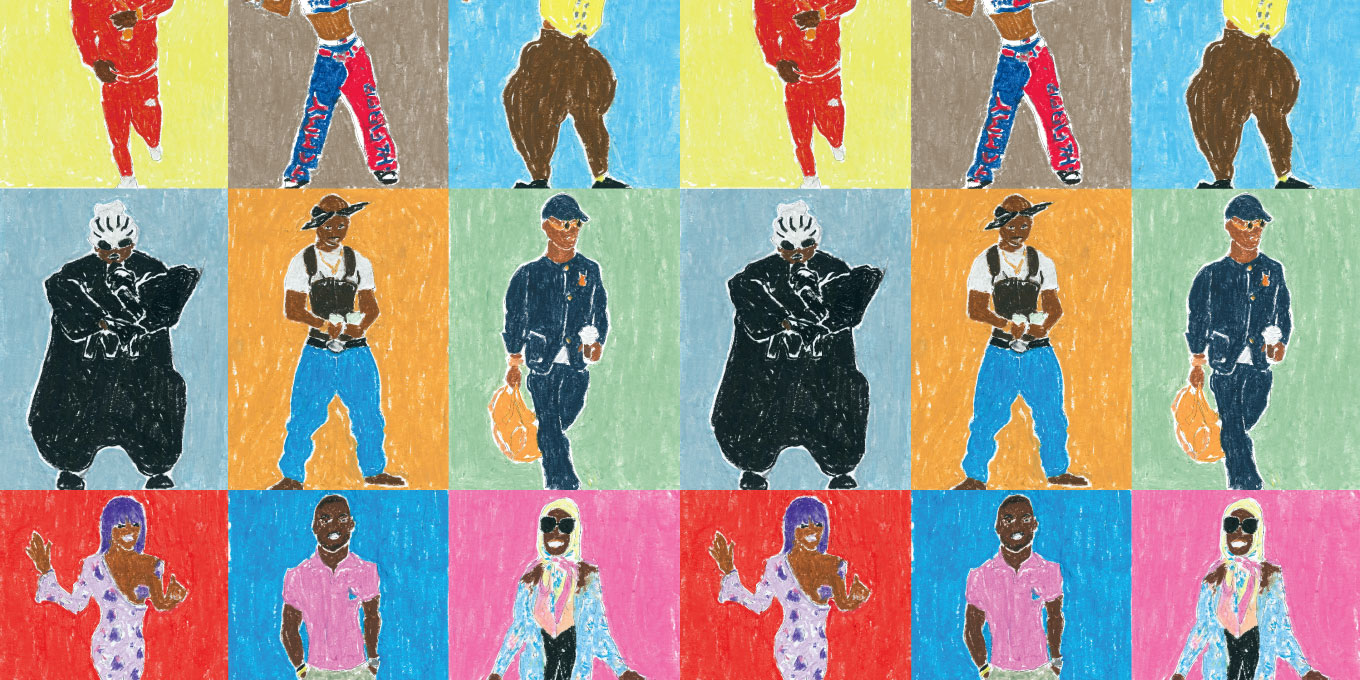
Illustration Guillaume Brière
“When Diana Ross touched my boob…that was everything.” So said the incomparable Lil’ Kim after the 1999 MTV Video Music Awards, where she sported a lilac wig and a single-sleeved jumpsuit that was made out of a sheer Indian bridal fabric adorned with purple and silver seashells and left one of her breasts entirely bare. The showstopper? The matching nipple pastie that Ross did indeed give a loving jiggle to.
Before and since, there were and have been innumerable fashion moments gifted to us by hip hop’s best that smashed through style boundaries and truly embodied what it means to express yourself. Consider Run-DMC’s laceless Adidas shell toes, MC Hammer’s drop-crotch harem pants, Missy Elliott’s garbage-bag-esque PVC blow-up suit, Diddy’s track suits, Cardi B’s Mugler “Venus” gown, Queen Latifah’s colourful kufi and Salt-N-Pepa’s oversized everything. Today, the fashion scene is dominated by hip-hop artists—from Rihanna to Pharrell—who exemplify just how powerful and resilient early artists of the genre were in breaking into a historically exclusionary industry and redefining it.
It all started in the early 1970s, when block parties in the Bronx were filled with one sound: hip hop, a brand-new genre that was spun into a culture by the neighbourhood’s Black and brown youth. Style is a language—one that communicates class, history and power—and during this time, many would show up at these parties dressed to impress, rocking oversized silhouettes, bright colours and huge logos. As the late André Leon Talley, editor-at-large of Vogue, said in the 2015 documentary Fresh Dressed, “Urban young people are always attracted to or addicted to fashion because it’s an expression of aspiration. A lot of people who are in hip hop have aspirations.”
In her new book, Fashion Killa: How Hip-Hop Revolutionized High Fashion, author Sowmya Krishnamurthy digs deep into those fashionable aspirations and who, historically, has been allowed to chase after them. The most surprising thing she explored? Sumptuary laws, which date back to Ancient Greece and Rome and regulated access to luxury goods to prevent extravagance—or, to put it in a more modern context, dictated what class of people got to wear what. It’s a sentiment that still exists today; in 2013, for example, a New Jersey resort infamously banned sagging pants. It was a move the city’s mayor supported because he saw the style as a “thug” look that could intimidate visitors.
“Urban young people are always attracted to or addicted to fashion because it’s an expression of aspiration. A lot of people who are in hip hop have aspirations.”
Those early laws were just the start of the clothing regulations Black Americans were subjected to based on their race, before and after the country’s independence. What they wore—the colour, the fabric, the stitching—signified whether they were enslaved or free. If anyone dressed above their station, it was thought they’d likely stolen the clothing—an early example of racial profiling. As Krishnamurthy writes, “This is important in understanding hip hop’s penchant for luxury as a complex social and cultural phenomenon. Modern materialism could be viewed as a response to historical lack of ownership.”
So how have hip-hop artists managed to have such an impact on what we wear, even today? Well, as the genre grew more popular, some unlikely allies in the fashion industry began to take notice and, of course, saw dollar signs ahead. It helped, too, that when artists wore something they loved, they shouted it out. Think Mary J. Blige’s “What’s the 411?”, on which Grand Puba raps: “Well, I be Puba on this here, the n— from last year. Girbauds hangin’ baggy, Tommy Hilfiger top gear.”
Hilfiger’s bright and oversized aesthetic fit well with the genre’s vibe, and the shout-out led to new customers. The designer began working with hip hop’s best: Diddy, TLC, Destiny’s Child, Wu-Tang. And, of course, there was Aaliyah in an unforgettable 1997 campaign that saw the singer sporting low-rise jeans and branded boxers, and it feels just as fresh today as it did back then. Suddenly, Hilfiger was hot.
Ironically, another brand that oozed preppy and privileged—Polo Ralph Lauren—was key too. In the 1980s, a Brooklyn-based gang known as the Lo-Lifes had made Polo their main objective when they were doing their shoplifting rounds. So although many of them were from one of the poorest neighbourhoods in Brooklyn, they were sporting Polo everywhere they went, and soon fellow Brooklynites were doing the same. Cut to 2004 and Kanye West was wearing a teddy-bear-emblazoned Polo sweater—which became a signature for him—on the cover of his debut album, The College Dropout.
As Mark Campbell, assistant professor of music and culture at the University of Toronto, explains: “Hip hop is an art form that didn’t come from anywhere you could learn it. It came from playing records and turntables in the parks and streets. Though, of course, there was no value accorded to hip hop when it came up. So the idea was you had to earn enough money to be able to wear Polo or Versace or whatever. And it wasn’t just about wearing it; it was about other people knowing you were wearing it so they’d know you could afford it…. The whole idea was for people to look at you and not see your impoverishment. It had to be loud, it had to be in your face; it was a big middle finger that said, ‘I’m in the projects, I’m under-employed, I’m under-housed, but I can rock what you can rock, and I can probably rock it better.’” In came a hefty dose of loud luxury. The more logos—and the bigger they were—the better. Even leaving the tag on was considered chic (for a time). So strong was logomania in the ’80s that designer Dapper Dan made a massive name for himself in the hip-hop world and beyond just by stamping his own work, DIY-style, with high-end labels.
In fact, so much of what has always gone into the style of hip-hop artists we know and love is branding, and that’s a team effort. It was pioneering stylist and designer Misa Hylton who was behind Lil’ Kim’s VMAs look, and it was David LaChapelle who shot her in the nude (and covered her in the Louis Vuitton logo from head to toe) for the cover of Interview, adding to her brand of sex and luxury. Then there was Kimora Lee Simmons, who handed Lil’ Kim her new Baby Phat bedazzled T-shirts to wear and flaunt, which elevated both the tees and Simmons to icon status.
Eventually, journalists caught on to what hip hop was pulling off in fashion and gave it an even brighter spotlight. Hip-hop-focused magazines like Vibe and The Source were immensely careful about who made the cover, what the cover stars wore and what ads were included. Take, for instance, Timberland boots, which, notes Campbell, rappers and hip-hop artists started wearing to add to their street cred. These magazines jumped on the trend, filling their pages with Timberland and fellow blue-collar brands like Carhartt and The North Face. The majority of the magazines’ ads also featured Black models. Model Tyson Beckford was even discovered in the pages of The Source and, incidentally, would go on to become the first Black face of Ralph Lauren.
And, finally, there are people like Elena Romero, a New York-based journalist and the assistant chair of marketing communications at the Fashion Institute of Technology, where she recently co-curated Fresh, Fly, and Fabulous, an exhibit featuring some of the most iconic fashion items from the past 50 years of hip hop. Romero dug through archives, storage units, showrooms and people’s homes to source clothes, jewellery, footwear and accessories. The pieces she found included everything from Chance the Rapper’s Polo sweater to a Megan Thee Stallion gown and even Cardi B’s nails.
“Hip hop birthed so many things,” says Romero. “It wasn’t just music and fashion but also magazines and television and film programming, because so many artists, when they started, were not getting access to mainstream or luxury brands and outlets. So they made their own. That created jobs. And in fashion, it led to a new face and body on the runway—we’re talking different shades, body types and hairstyles.”
Over the years, hip hop’s impact has only grown. We went from Diddy becoming the first Black designer to win the Menswear Designer of the Year Award from the Council of Fashion Designers of America for his label Sean John in 2004 (beating out Ralph Lauren in a full-circle moment) to Kanye West—divisive as he may be—launching his first Yeezy collection at New York Fashion Week in 2015.
Today, there’s no mistaking that the titans of hip hop are also titans of fashion. Since launching her Fenty beauty and fashion empire, Rihanna has become a certified billionaire. Earlier this year, Pharrell stepped into the massive shoes of Virgil Abloh when he became the new creative director of Louis Vuitton. Krishnamurthy says it’s all about authenticity. “The most successful ones really come from a place that’s organic,” she says. “[For] the celebs who truly love fashion, it isn’t just wearing clothes; it’s a way of life, and you can tell from the way they dress, how they talk about fashion, how excited they get about it and the amount of commitment [they have]…. To have a true stake in the game, there has to be that love.”
Hip hop has always been loud and proud. While that used to be everything fashion wasn’t—or, at least, claimed not to be—things have changed. Hip hop has taught us that individual style matters and has power—and anyone can have it and wield it.
Newsletter
Join our mailing list for the latest and biggest in fashion trends, beauty, culture and celebrity.
More from Music
Read Next
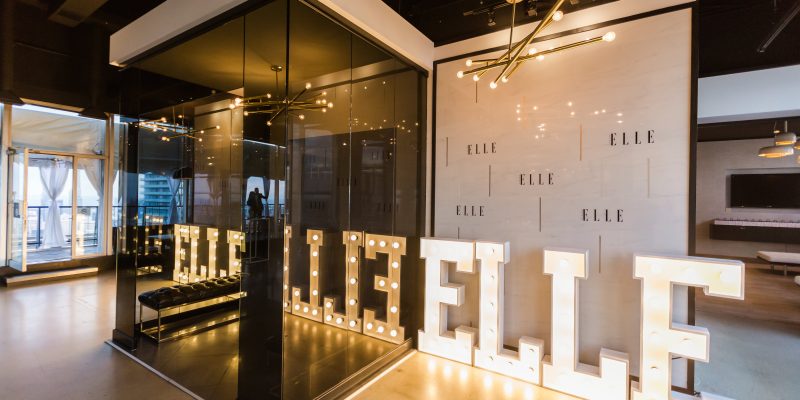
Fashion
Bella Hadid Glows in a Strapless Lace Dress With a Sheer Corseted Bodice
Hadid was also seen that same day promoting her new fragrance brand ‘Ôrebella.
by : Briannah Rivera- May 3rd, 2024
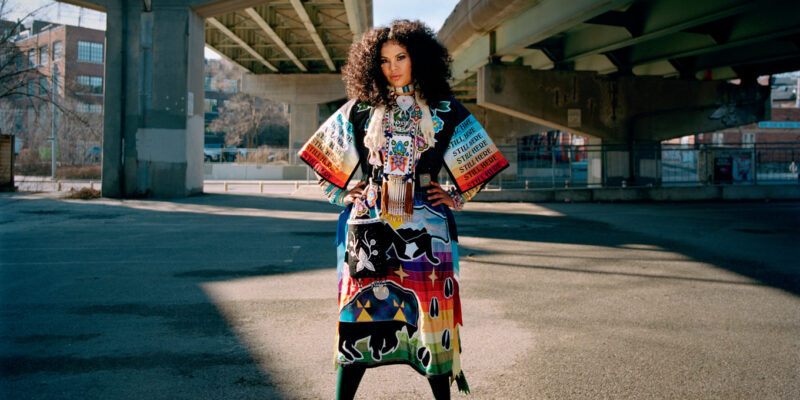
Fashion
This Year’s Indigenous Fashion Arts Festival Is Sure to Impress
"Creating an opportunity for us to work collectively—prioritizing language and tradition—is of the utmost importance. Our similarities are inspired and shaped by the legacies left to us by our ancestors.”
by : Kelly Boutsalis- May 3rd, 2024

Culture
Introducing 2024’s Most Innovative Products, Voted on By Canadians
*Adds to cart*
by : ELLE Canada- May 1st, 2024


